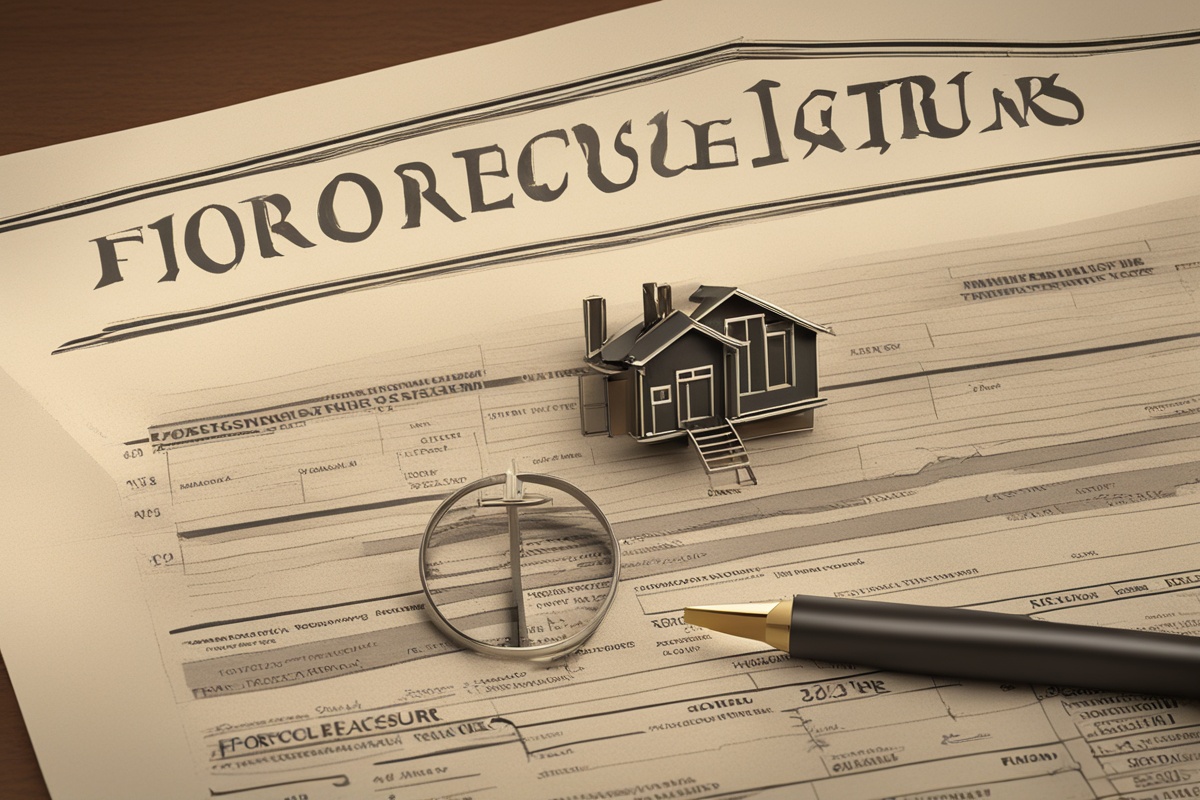The housing market has always been a critical indicator of economic health, and in recent years, it has experienced significant fluctuations due to global events, policy changes, and shifting consumer behaviors. As we navigate through the recovery phase following economic downturns, understanding the latest trends in housing recovery is essential for homeowners, investors, and policymakers alike. This post delves into the current dynamics shaping the housing market, offering insights into emerging patterns and future expectations.
1. Rising Demand for Suburban and Rural Properties
One of the most prominent trends in housing recovery is the shift in demand from urban centers to suburban and rural areas. The COVID-19 pandemic accelerated this movement as remote work became the norm, prompting many to seek larger homes with more outdoor space. According to recent data, suburban home sales have increased by over 15% in the past two years, reflecting a preference for less densely populated areas. This trend continues to influence housing recovery, with developers focusing on building single-family homes in these regions to meet demand.
For more insights on how location preferences are changing, check out our detailed analysis on Urban to Suburban Migration Trends.
2. Technology Integration in Home Buying Processes
Technology is playing a pivotal role in the latest trends in housing recovery. Virtual tours, 3D home modeling, and online transaction platforms have made buying and selling homes more accessible, especially in a post-pandemic world. Real estate companies are investing heavily in digital tools to streamline processes, with over 60% of homebuyers in 2023 reporting that they used virtual tours as part of their search. This tech-driven approach not only saves time but also broadens the market by allowing buyers from different regions to explore properties remotely.
3. Increasing Focus on Sustainable and Energy-Efficient Homes
Sustainability is no longer just a buzzword; it’s a driving force in the housing recovery. Homebuyers are increasingly prioritizing energy-efficient features such as solar panels, smart thermostats, and sustainable building materials. Governments worldwide are also offering incentives for green construction, further encouraging this trend. In fact, homes with energy-efficient certifications are selling at a premium of up to 10% compared to non-certified properties. This shift toward sustainability is a key component of the latest trends in housing recovery, aligning with broader environmental goals.
Learn more about eco-friendly housing options in our post on Green Housing Solutions for Modern Buyers.
4. Affordability Challenges and Innovative Financing Options
While the housing market is recovering, affordability remains a significant barrier for many potential buyers. Rising home prices and interest rates have made it difficult for first-time buyers to enter the market. However, innovative financing options such as shared equity programs and rent-to-own schemes are gaining traction as part of the latest trends in housing recovery. These solutions aim to bridge the gap by offering flexible pathways to homeownership. Additionally, some regions are seeing an increase in government-backed affordable housing initiatives to address this issue.
5. Impact of Interest Rates on Housing Recovery
Interest rates have a profound impact on the housing market, and their fluctuations are shaping the latest trends in housing recovery. In 2023, central banks in many countries raised interest rates to combat inflation, leading to a slowdown in mortgage applications. However, as rates stabilize, experts predict a gradual resurgence in buyer confidence. For investors, this presents both challenges and opportunities, as lower rates could reignite demand but also increase competition. Staying informed about monetary policy changes is crucial for anyone involved in the housing market.
For a deeper dive into how economic policies affect real estate, read our article on Interest Rates and Their Impact on Real Estate.
6. The Role of Government Policies in Shaping Recovery
Government intervention has been instrumental in driving housing recovery, with policies aimed at stimulating demand and supporting vulnerable populations. Tax incentives for first-time buyers, subsidies for low-income households, and infrastructure investments in underdeveloped areas are some examples of measures influencing the latest trends in housing recovery. These policies not only boost market activity but also ensure a more inclusive recovery by addressing disparities in homeownership rates across different demographics.
Disclaimer: The information provided in this article is for general informational purposes only and should not be considered as financial, legal, or professional advice. The housing market is subject to rapid changes, and trends may vary based on location and individual circumstances. We recommend consulting with a qualified real estate professional or financial advisor before making any decisions related to buying, selling, or investing in property. The author and publisher are not responsible for any actions taken based on the content of this post.
References
- National Association of Realtors – Research and Statistics
- U.S. Census Bureau – New Residential Sales
- Federal Reserve – Monetary Policy Reports
- U.S. Department of Housing and Urban Development – Housing Programs
- U.S. Department of Energy – Energy Efficiency in Buildings
This content is for informational purposes only and not a substitute for professional advice.





